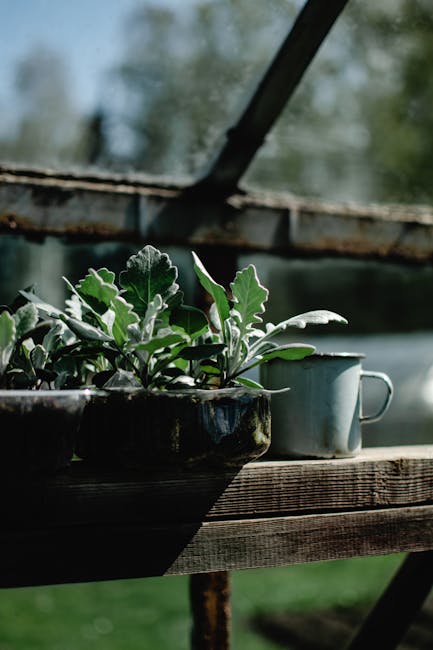Have you ever wondered how to measure liquids in your garden, like when you’re watering your plants or mixing fertilizer? Measuring liquids can be a bit tricky because different countries use different systems. Here, we’re going to talk about how to convert liquid measurements from milliliters (ml) to fluid ounces (fl oz).
Table of Contents
What is a Milliliter and a Fluid Ounce?
A milliliter is a small unit of measurement that is often used for liquids. It’s part of the metric system, which is used in many parts of the world. A fluid ounce, on the other hand, is a measurement used mainly in the United States to measure liquids.
How to Convert Milliliters to Fluid Ounces
To convert 600 ml to fluid ounces, we use a simple equation. The conversion factor is that 1 fluid ounce is approximately equal to 29.57 milliliters.
So, to convert 600 ml to fluid ounces, we can use the equation:
$$
\text{fluid ounces} = \frac{600 \, \text{ml}}{29.57}
$$
When you do the math, you’ll find that:
$$
\text{fluid ounces} \approx 20.29
$$
This means that 600 ml is about 20.29 fluid ounces!
Examples of Objects that Measure 600 ml
Here are 7 objects that hold exactly 600 ml or are very close to that measurement:
- A standard water bottle (many reusable ones).
- A cup of soup from a restaurant.
- A medium-sized glass of juice.
- A measuring cup used in cooking.
- A small container of yogurt.
- A flower pot filled with water (for watering plants).
- A can of soda (some cans hold about this amount).
Now you know a little more about converting measurements, and you can easily measure liquids for your gardening activities! Whether you’re watering your plants or mixing solutions, understanding these conversions can really help you out. Happy gardening!
